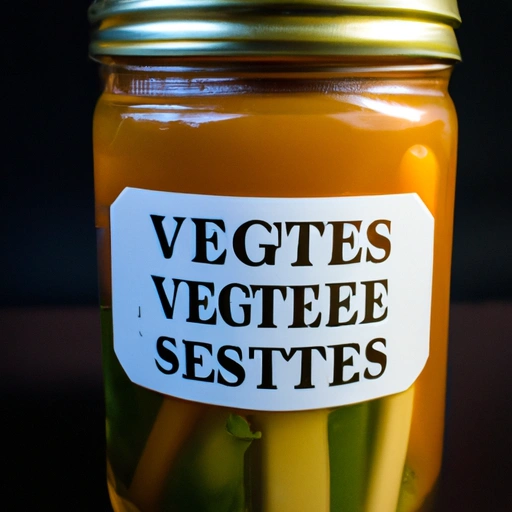Vegetable Stock
Description

Vegetable stock is a flavorful liquid concoction made by simmering vegetables, herbs, and sometimes spices in water. It is a foundation of many recipes, imparting a depth of flavor to soups, sauces, stews, and more. Vegetable stock is a lighter alternative to meat-based stocks and broths, widely used in vegetarian and vegan cooking. By using a variety of vegetables, you can create a complex and nuanced base that elevates the taste of your dishes without overpowering them.
Common uses
Vegetable stock is commonly used as a base for soups, stews, sauces, and gravies. It is also used to cook grains like rice or quinoa, to deglaze pans for making reductions, and to add moisture to dishes like casseroles and braises. The use of vegetable stock is not limited to savory dishes; it can also provide a subtle flavor to some desserts and bread.
Nutritional value
Calories
Vegetable stock is generally low in calories, with an 8 oz (about 240 ml or 1 cup) serving containing roughly 10-20 calories depending on the specific vegetables used.
Protein
Protein content in vegetable stock is minimal, averaging less than 1 gram per 8 oz serving.
Fat
Vegetable stock typically contains very little fat, as the process of simmering vegetables does not extract fat content. Any existing fat would usually come from vegetables such as avocados or added oils.
Carbohydrates
Carbohydrates in vegetable stock are also low, generally around 2-4 grams per 8 oz serving, consisting mostly of sugars and fibers from the vegetables.
Vitamins
Depending on the vegetables used, stock can be a source of vitamins, especially Vitamin A from carrots, Vitamin C from tomatoes, and B vitamins from leafy greens.
Minerals
Minerals such as potassium, calcium, and magnesium may be present in vegetable stock, derived from the vegetables simmered in the liquid.
Health benefits
Vegetable stock is a hydrating, low-calorie base for meals that can help maintain a healthy weight. The vitamins and minerals from the vegetables contribute to overall wellness, while the absence of animal fats makes it a heart-healthy choice. The liquid is also a good way to consume nutrients if you have difficulty digesting whole vegetables.
Potential risks
While vegetable stock is generally healthy, it can be high in sodium if salt is added during preparation or if store-bought versions with added salt are used. Those on sodium-restricted diets should opt for low-sodium or homemade versions where salt can be controlled.
Common recipes
Vegetable stock is found in recipes for vegetable soups, minestrone, risottos, and vegetarian gravies. It's also used in the preparation of stuffing, pilafs, and to add flavor to vegan and vegetarian entrees.
Cooking methods
Stock is typically made by simmering vegetables and herbs slowly over low heat. It can also be made in pressure cookers or slow cookers for a more intense flavor.
Pairing with other ingredients
Vegetable stock pairs well with a variety of ingredients, enhancing the flavor of legumes, grains, and pastas. It complements herbs and spices, and can be used as a base for curries or creamy vegetable soups.
Summary
Vegetable stock is a wholesome and versatile ingredient that enriches the flavor of countless dishes. Its low calorie and nutrient-dense profile make it a favorite in health-conscious and vegetarian kitchens. Homemade or store-bought, it's a staple in pantries around the globe, offering a foundation of flavor that is both subtle and complex.